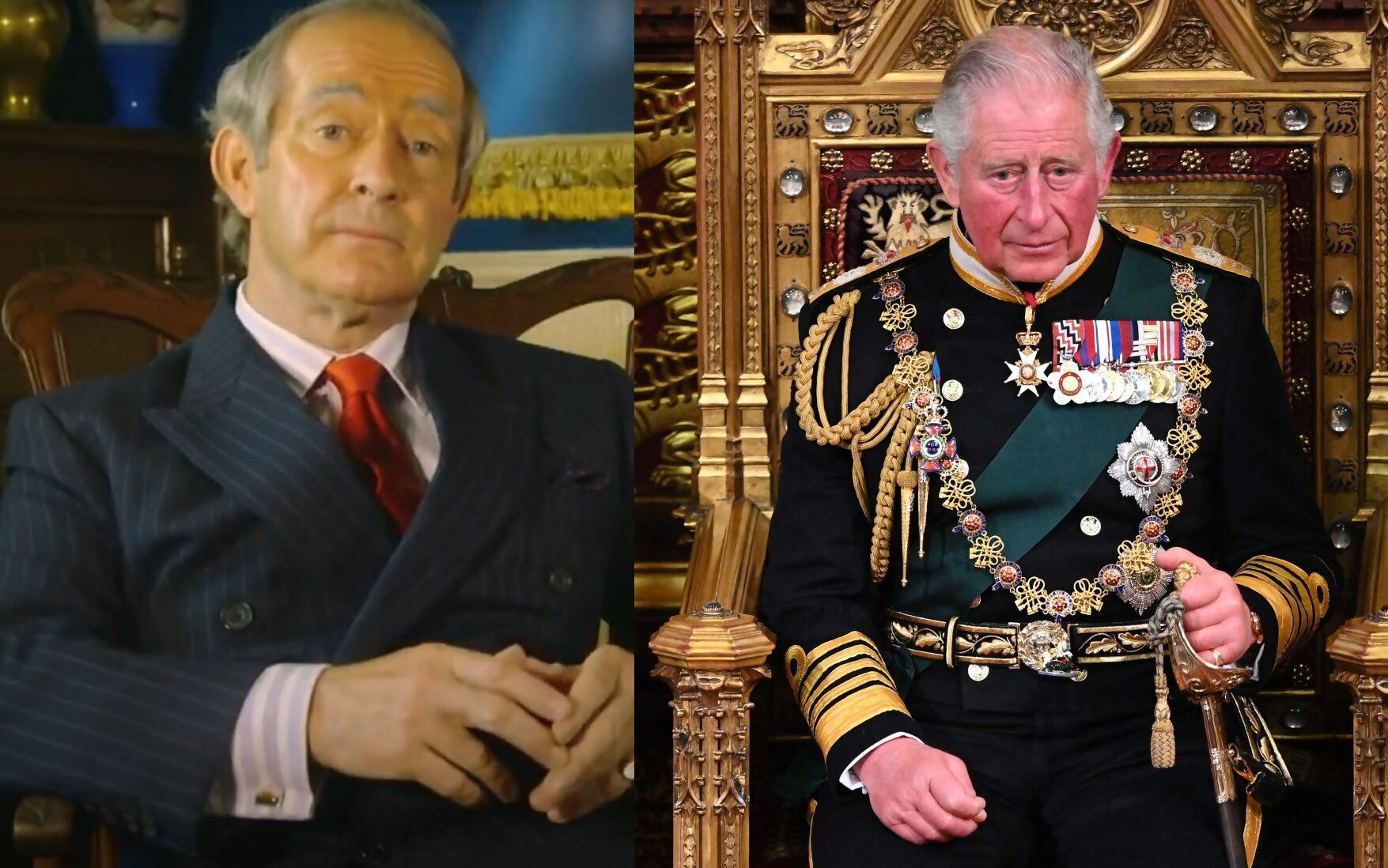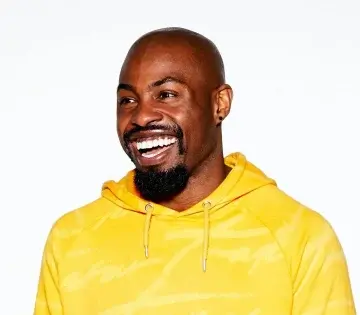
What has been the most significant year of King Charles III’s life, has also been life-changing for his lookalikes. Charles Haslett is one of Britain’s foremost.
A lookalike’s livelihood is inextricable from that of their doppelganger. If a celebrity falls out of the public eye, it can be fatal for their doppelganger. But on September 8 this year an interesting development happened in the world of the lookalikes industry. When Queen Elizabeth II died and her son became King, all of a sudden the people who impersonated King Charles had their chance to shine. The Queen is dead; long live the lookalikes of the King.
Charles Haslett is one of the country’s foremost King Charles impersonators. He has been embodying the former prince professionally for almost 30 years, including at the King’s 50th birthday celebration in 1998. “It’s way beyond lookalike, what I do,” he says. The clothes are right, the voice is right, the hair is right.
It was when Haslett was about ten (and Charles was 17) that a close friend of his mother said, “Ooh, doesn’t your Charles look like Prince Charles?” A little later, he stuck his fingers behind his ears and learned to do the Charles grimace. “Flipping heck,” he thought. “I can do that.”
Haslett, who is now 66, began by impersonating Charles for some friends’ weddings. At the time there wasn’t much more work available – the lookalike industry wasn’t an industry. “There was no need to impersonate these people until corporate entertainment came of age,” says Haslett, “because there was no market for it. ‘I look like Prince Charles. All right, so what?’”
In 1994, as part of a UK entertainment package, Haslett had his first professional engagement: a cruise event called British September. Aboard a luxury Viking Lines ferry sailing between Stockholm and Turku in Finland, he had to be Charles five times a day for the entire cruise. He would greet passengers as they boarded, at lunch, and when they left. None of the crew did more than two weeks each but he had to keep up the pretence for an entire month.
Incredibly, this ordeal didn’t put him off. He went on to appear as Charles at corporate events for companies like GlaxoSmithKline and Cartier and on shows like Kilroy, even swerving a driving ban because of how crucial driving is to his work. At these events he would tend to mingle, talking to guests while cradling a drink. “It’s quite awkward being at a corporate event as Prince Charles only and your instruction is ‘Oh, just mix and mingle for the first hour at the bar,’” he says. “No, I don’t want to do that! I’m not gonna do that sort of job from now on.”
Haslett preferred events when there was a reason for the royal to be giving some kind of address. He liked being revealed at this point, to retain the element of surprise. He doesn’t recall any particularly embarrassing requests but remembers that a Queen impersonator was once asked to sit on a toilet with her knickers down (she refused). His agent was wondering if he would like to do something similar.
Because Charles was often the less important royal – in the shadow of Princess Diana or the Queen – he became used to being the bridesmaid, not the bride. “As Prince Charles you’d always be second fiddle to the Queen,” he says. Queen Elizabeth impersonators had the advantage of being immediately recognisable on account of their bright clothing. If asked to mingle rather than being introduced to a fanfare, Haslett would often fear being mistaken for any old man in a pin-striped suit. “I would often say, ‘No! Give me a queen!’”
In the 90s Diana was more glamorous and more in touch with the people than Charles. In 2022, however, with the Queen gone and the public apathetic about Camilla Parker Bowles, Charles is top dog. “It’s probably only now that Prince Charles is going to be potentially wanted because of him,” says Haslett.
Really there is only one other King Charles impersonator to rival Haslett: a man named Guy Ingle, who played Charles in the 2008 film Superhero Movie among other things. I have various odd exchanges with Ingle, who seems to play Charles as more of a pantomime role, appearing on radio and TV to engage in fake debates. He doesn’t like the idea of speaking to me without being paid. In reply to my optimistic nudges, he sends me very old clips of himself and, at one point, simply a two-hour video of classical music for a royal occasion. Finally, after I try to persuade him by saying that Haslett has spoken to me for free, he says, “No fee, no way! Don’t bother me again,” but not before including this link to a Soundcloud page of his interviews in character.
Haslett, who also has a sideline impersonating Manuel from Fawlty Towers and Inspector Clouseau, does wonder if the “stain” on Charles’ character because of things like his divorce might put him in a less desirable position than the Queen. But if the continuity between mother and son is still felt by the public, and Britain feels as warmly towards Charles in the future as they have in the aftermath of the Queen’s death, Haslett doesn’t see why Charles shouldn’t be sought after in the lookalikes world in much the same way as his mother.
So both Ingle and Haslett could be about to come into more money. Haslett says that the Queen impersonators used to be paid more than £1,000 per event – which seems to be what he is paid as well – but he sees no reason why he shouldn’t get a pay rise now that he is in the top spot. He will apply white colouring to his hair and is going to invest in a single-breasted suit to go with his double-breasted ones. He is confident he is up to the job. “I’ve also got 28 years of experience,” he says. “So you could say 28 years in the waiting.”


